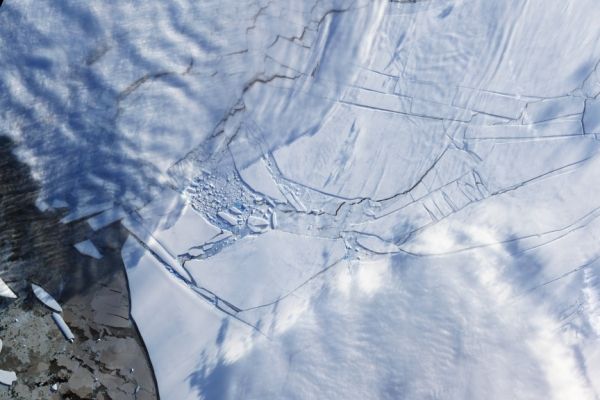The Antarctic ice sheet is much less likely to become unstable and cause dramatic sea-level rise in upcoming centuries if the world follows policies that keep global warming below a key 2015 Paris climate agreement target, according to a Rutgers coauthored study.
But if global warming exceeds the target – 2 degrees Celsius (3.6 degrees Fahrenheit) – the risk of ice shelves around the ice sheet’s perimeter melting would increase significantly, and their collapse would trigger rapid Antarctic melting. That would result in at least 0.07 inches of global average sea-level rise a year in 2060 and beyond, according to the study in the journal Nature.
That’s faster than the average rate of sea-level rise over the past 120 years and, in vulnerable coastal places like downtown Annapolis, Maryland, has led to a dramatic increase in days of extreme flooding.
Global warming of 3 degrees Celsius (5.4 degrees Fahrenheit) could lead to catastrophic sea-level rise from Antarctic melting – an increase of at least 0.2 inches per year globally after 2060, on average.
Read more at: Rutgers University
If Paris Agreement targets are not met, the collapse of melting Antarctic ice shelves – like the Wilkins Ice Shelf in 2009 – could cause catastrophic global sea level rise in the second half of the century. (Photo Credit: NASA)


